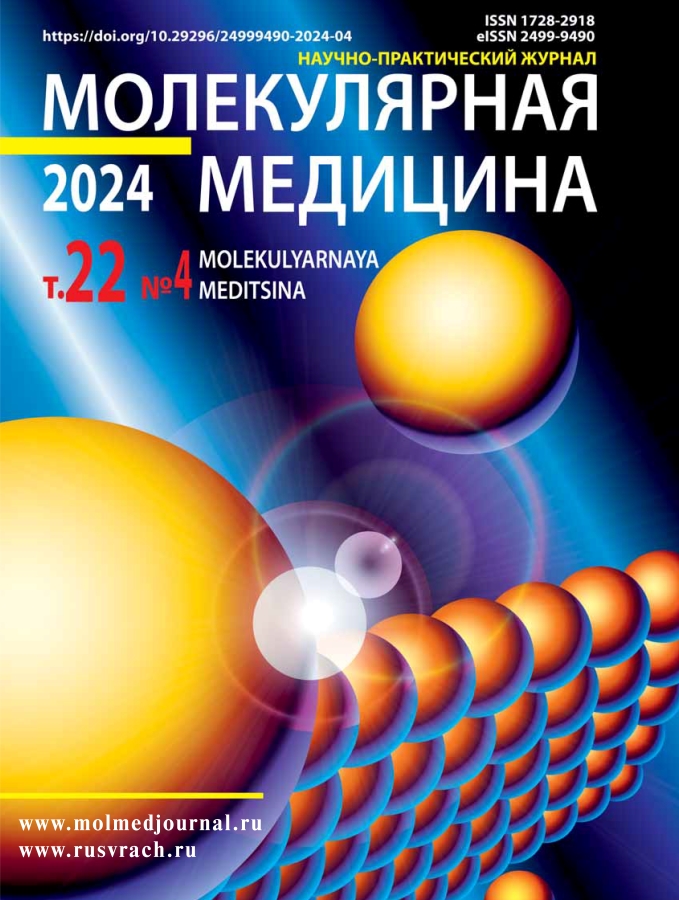Elastic and hyperelastic properties of the human nail plate
- 作者: Muslov S.A.1, Gvetadze R.S.1, Arutyunov S.D.1, Sukhochev P.Y.2, Solovyova A.E.3
-
隶属关系:
- Federal state budgetary educational institution of higher education “Russian University of Medicine” of the Ministry of health of the Russian Federation
- Federal State Budget Educational Institution of Higher Education M.V. Lomonosov Moscow State University
- “Podological Center”, Moscow
- 期: 卷 22, 编号 4 (2024)
- 页面: 32-37
- 栏目: Original research
- URL: https://journals.eco-vector.com/1728-2918/article/view/635040
- DOI: https://doi.org/10.29296/24999490-2024-04-05
- ID: 635040
如何引用文章
详细
Introduction. As is known, changes in the nail, as an appendage of the skin, can be genetically determined, caused by injuries, diseases, medications or exposure to harmful substances. Installation of partial or complete dentures may be required for any form of growth disorder of the nail plate (onychodystrophy). Prosthetics can act as a means of masking nail abnormalities. In all these cases, knowledge of the mechanical properties of both the replacement materials and the nail plate itself is necessary. However, the latter have not been fully studied; there is no detailed knowledge about the elastic and hyperelastic characteristics of the biomaterial.
The aim of the study. The mechanical properties of the human nail plate are compared with elastic and hyperelastic models of continuum mechanics (large deformations).
Methods. Experimental σ-ε curves obtained from literature data were used. The computer algebra system Mathcad 15.0 and the multifunctional finite element analysis package ANSYS 2022 R2 were used.
Results. The parameters of the linear and 6-hyperelastic models were calculated and their correspondence to the initial data was determined. Among hyperelastic models, the 5-parameter Mooney–Rivlin model and the 2nd order polynomial model are best suited to describe the mechanical properties of the nail plate. These models have the highest correlation coefficient R=0.98 and the following statistical indicators SD=0.005 GPa, δmax=0.011 GPa, δ=12.93%. The greatest discrepancies between the experimental and model data were demonstrated by the Ogden model of the 1st order nail plate (R=0.84) and the simplest hyperelastic neohookean model (R=0.86). The stability of the models (dσ/dε sign) at small deformations was studied.
Conclusion. The results obtained can be useful for podiatrists involved in the development of methods for restoring nail plates using artificial replacement materials and are recommended for use in nail tissue engineering.
全文:
作者简介
Sergey Muslov
Federal state budgetary educational institution of higher education “Russian University of Medicine” of the Ministry of health of the Russian Federation
编辑信件的主要联系方式.
Email: muslov@mail.ru
ORCID iD: 0000-0002-9752-6804
Professor of Department of normal physiology and medical physics. Doctor of biological sciences, candidate of physics and mathematical sciences.
俄罗斯联邦, st. Delegatskaya, 20, bldg. 1, Moscow, 127473Ramaz Gvetadze
Federal state budgetary educational institution of higher education “Russian University of Medicine” of the Ministry of health of the Russian Federation
Email: ramaz-gvetadze@yandex.ru
ORCID iD: 0000-0003-0508-7072
Professor of the Department of Digital Dentistry. Dr. Med. Sciences, Corresponding Member RAS.
俄罗斯联邦, st. Delegatskaya, 20, bldg. 1, Moscow, 127473Sergey Arutyunov
Federal state budgetary educational institution of higher education “Russian University of Medicine” of the Ministry of health of the Russian Federation
Email: sd_arutyunov@mail.ru
ORCID iD: 0000-0001-6512-8724
Head of Department of Digital Dentistry. Dr. Med. Sciences, Professor, Honored. Doctor of the Russian Federation, Honored Worker of Science of the Russian Federation.
俄罗斯联邦, st. Delegatskaya, 20, bldg. 1, Moscow, 127473Pavel Sukhochev
Federal State Budget Educational Institution of Higher Education M.V. Lomonosov Moscow State University
Email: ps@moids.ru
ORCID iD: 0000-0002-8004-6011
Researcher at the Laboratory of Mathematical Support for Simulation Dynamic Systems, Department of Applied Research, Faculty of Mechanics and Mathematics.
俄罗斯联邦, Leninskie Gory, 1, Moscow, 119991Anna Solovyova
“Podological Center”, Moscow
Email: MatveevaA.E@yandex.ru
ORCID iD: 0009-0001-3960-7032
duardovna – podologist
俄罗斯联邦, st. Menzhinskogo, 32, bldg. 2, Moscow, 129281参考
- Hamrick M.W. Functional and adaptive significance of primate pads and claws: evidence from New World anthropoids. Am. J. of Physical Anthropology. 1998; 106: 113–27. https://doi.org/10.1002/(sici)1096-8644(199806)106:2<113::aid-ajpa2>3.0.co;2-r
- Farren L., Shayler S., Ennos A.R. The fracture properties and mechanical design of human fingernails. Journal of Experimental Biology. 2004; 207: 735–41. https://doi.org/10.1242/jeb.00814
- Farran L., Ennos A.R., Starkie M., Eichhorn S.J. Tensile and shear properties of fingernails as a function of a changing humidity environment. J. Biomech. 2009; 42 (9): 1230–5. doi: 10.1016/j.jbiomech.2009.03.020. Epub 2009 Apr 19. PMID: 19380141.
- Zhenxing H., Gaosheng L., Huimin X., Tao H., Pengwan Ch., Fenglei H. Measurement of Young’s modulus and Poisson’s ratio of Human Hair using Optical techniques. Article in Proceedings of SPIE. The International Society for Optical Engineering. 2009; 10. doi: 10.1117/12.851415
- Yamada H. Strength of Biological Materials. Baltimore. 1970; 297. https://doi.org/10.1126/science.171.3966.57-a
- Fung Y.C. Biomechanics: Mechanical Properties of Living Tissues, Second Edition 2nd Edition. Springer; 2nd edition. 1993; 586. https://doi.org/10.1007/978-1-4757-2257-4
- Муслов С.А., Перцов С.С., Арутюнов С.Д. Физико-механические свойства биологических тканей. Под ред. академика РАН О.О. Янушевича. М.: Практическая медицина, 2023; 456. [Muslov S.A., Pertsov S.S., Arutyunov S.D. Physico-mechanical properties of biological tissues. Ed. Academician of the Russian Academy of Sciences O.O. Yanushevich. M.: Prakticheskaya meditsina, 2023; 456 (in Russian)]
- Шмурак М.И., Кучумов А.Г., Воронова Н.О. Анализ гиперупругих моделей для описания поведения мягких тканей организма человека. 2017 Master’s J. 2017; 1: 230–43. [Shmurak M.I., Kuchumov A.G., Voronova N.O. Analysis of hyperelastic models to describe the behavior of soft tissues of the human body. 2017 Master’s J. 2017; 1: 230–43 (in Russian)]
- Kumar N., Rao V.V., Hyperelastic Mooney-Rivlin model: Determination and physical interpretation of material constants, MIT Int. J. of Mechanical Engineering. 2016; 6 (1): 43–6.
- Муслов С., Арутюнов С., Перцов С., Караков К. Анализ механических свойств волос человека с помощью гиперупругих моделей Муни–Ривлина. Современные вопросы биомедицины. 2023; 7 (2). doi: 10.51871/2588-0500_2023_07_02_ [Muslov S., Arutyunov S., Pertsov S., Karakov K. Analysis of the mechanical properties of human hair using Mooney-Rivlin hyperelastic models. Sovremennyye voprosy biomeditsiny. 2023; 7 (2). doi: 10.51871/2588-0500_2023_07_02_(in Russian)]
- Hill R. General theory of uniqueness and stability in elastic-plastic solids. Journal of the Mechanics and Physics of Solids. 1958; 6 (3): 236–49. doi: 10.1016/0022-5096(58)90029-2.
- Drucker D.C. A definition of a stable inelastic material. J. of Applied Mechanics. 1959; 26 (1): 101–95. doi: 10.1115/1.4011929.
补充文件








